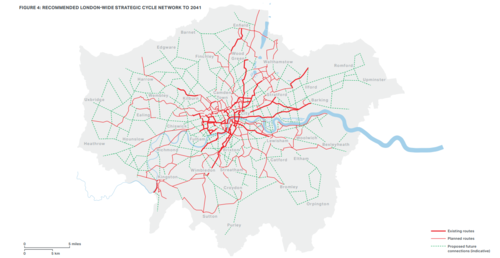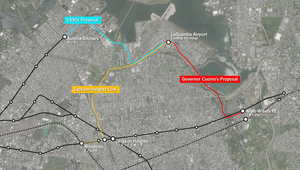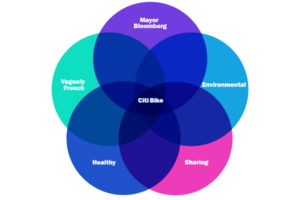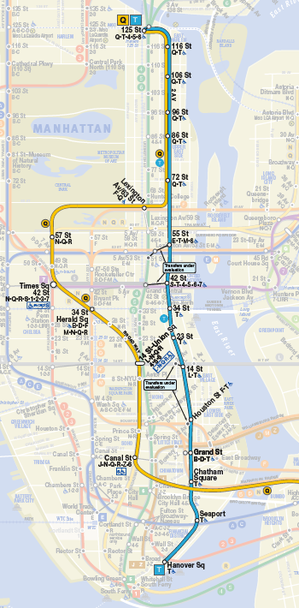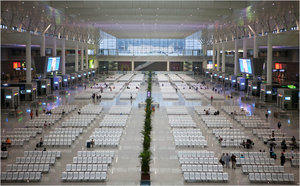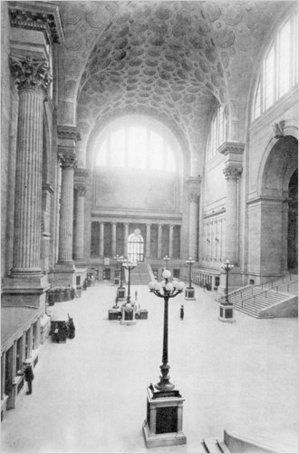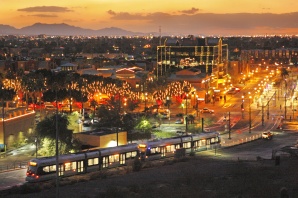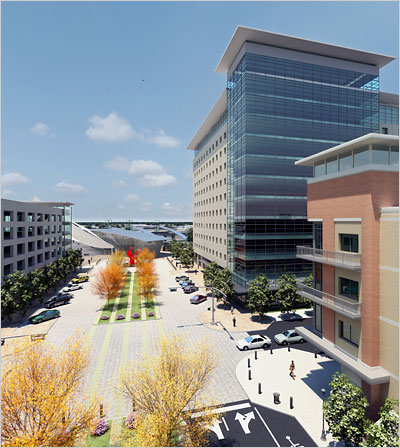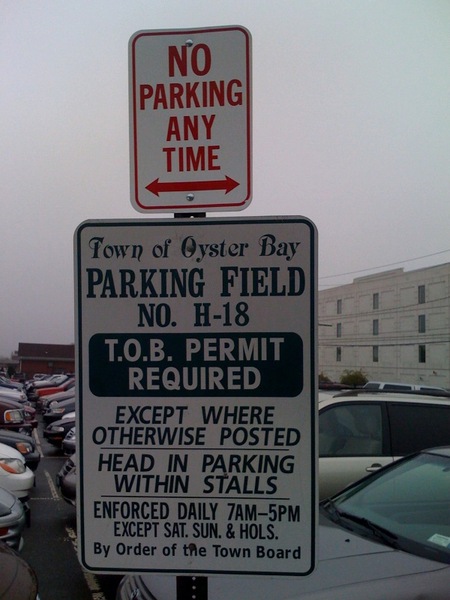WHAT is the real estate value of a one-seat train ride to Manhattan from a station close to one's home in New Jersey ? Leave it to statisticians to come up with a figure.
"It has to be a lot," said Perri K. Feldman of Keller Williams Realty, who has built a client base in towns along a section of the New Jersey Transit Midtown Direct line running from Morristown to South Orange. "It's the first question so many people ask about a house: 'How close is it to the train? Can I walk to the station?' "
Now, the extra value that comes with proximity to a station with direct service to Manhattan -- no transfer required -- has been quantified: $19,000, on average, for homes within two miles of a station; $29,000 for houses within half a mile.
Home values would increase by those amounts in neighborhoods surrounding 10 New Jersey Transit lines and 2 Metro-North Railroad lines if a third rail tunnel under the Hudson River was ever built, according to a study by the independent Regional Plan Association.
Statisticians worked backwards, analyzing the impact on real estate value when previous rail-improvement projects were done, to project the impact that a new tunnel would have on home values.
The cumulative increase in property value would be $18 billion, according to the study, which was published two months before Gov. Christopher J. Christie of New Jersey decided to suspend work on the tunnel as of Oct. 7. Senator Frank R. Lautenberg, a tunnel supporter, has worked to publicize the findings.
Mr. Christie says the state should not proceed with the $8.7 billion project, because it cannot afford to pay for any cost overruns. He cited a recent study by his transit officials, which predicted that the project could end up $2 billion to $5 billion over budget.
The original cost of the tunnel was to be financed this way: $3 billion from the federal government, $3 billion from the Port Authority of New York and New Jersey, and $2.7 billion from the State of New Jersey (mostly in the form of Turnpike receipts).
In the study of the tunnel's potential effects, researchers estimated that the $18 billion in increased property value would generate $375 million in increased tax revenues per year.
Some local and county politicians -- in addition to Mr. Lautenberg -- have argued that municipalities cannot stand to "lose" those potential tax revenues, which would presumably start flowing in 2017, after the project was completed. Others have called the tax receipt estimates "fictional," and contended that they were too far in the future to matter now, in the midst of a statewide budget crisis.
The calculations on the proposed trans-Hudson tunnel known as ARC (Access to the Region's Core) were based on what happened to real estate after these developments:
¶The 1996 addition of Midtown Direct service to the Morris and Essex Line;
¶The 2002 addition of the service along the Montclair-Boonton Line;
¶The 2003 opening of the Secaucus Junction, allowing transfers there instead of at Hoboken.
After those projects were completed, the value of homes within two miles of train stations increased by an average of $23,000, according to the planning group's study. The Regional Plan Association is a nonprofit that studies policy matters affecting Connecticut, Long Island and New Jersey.
Data from 45,000 area home sales that took place from 1993 through 2008 were analyzed. According to Juliette Michaelson, who performed that section of the research, the analytic process assumes that the price of a house is determined by the value of characteristics like number of bedrooms, quality of the school district and access to train service. By looking at thousands of sales involving houses with differing combinations of those characteristics, it becomes possible to estimate the amount that each individual characteristic adds to the price of the house, Ms. Michaelson explained in the notes accompanying the study.
She tallied the estimated time in minutes that train riders saved on travel, waiting and making transfers after the Midtown Direct and Secaucus Junction improvements. Each minute saved, she determined, adds an average of $1,959 to the value of the house.
For homes within walking distance (half a mile) of a station, each minute was worth $2,902.
If the ARC tunnel was built, the average New Jerseyan's train ride would be shortened by 10 minutes each way, the study indicated.
Riders on the Raritan Valley line, which runs to Raritan Station out of Pennsylvania Station in Newark, would see the biggest drop in round-trip travel time in the state, since the new tunnel would directly serve that area. Trip time would decrease by an average of 32.6 minutes, with variations along the route.
Cranford residents' commute would be 23.6 minutes shorter, for instance; Roselle Park riders would get the biggest drop in travel time in the state, 37.6 minutes.
Using the rate-per-minute formula, the value of a home close to the rail line in Roselle Park could be expected to increase by more than $100,000.
But a third tunnel would also have statewide impact, as it would nearly double the current tunnel capacity, cutting down on trip time across the board and allowing for more frequent trains. (The estimates in the planning group's study are all based on schedules as they stood last spring.)
Continue reading "Rail line adds more to home values than it costs" »
